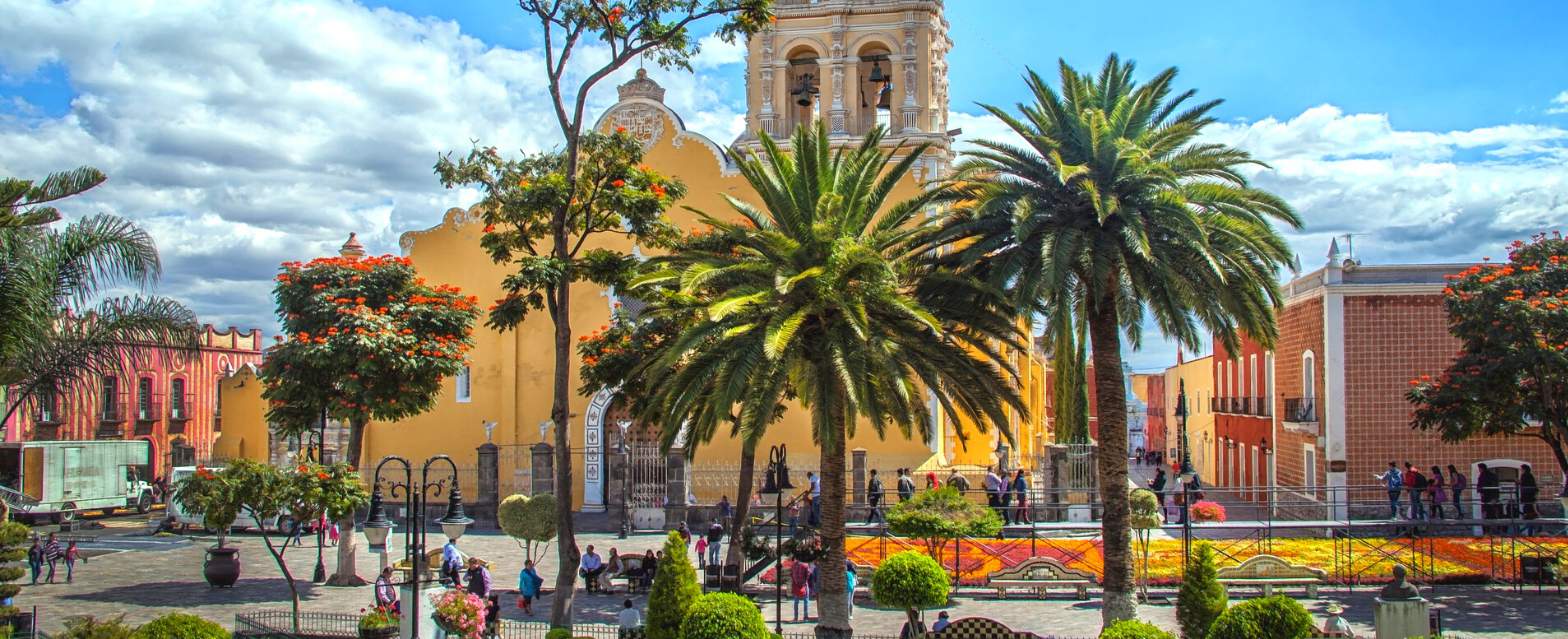When considering a move to Mexico, understanding the nuances of the residency process is crucial. Whether you’re aiming for Temporary or Permanent Residency, here are some essential insights and common mistakes to avoid.
Understanding Residency Types
Even if you qualify for Permanent Residency, the Mexican consulate has the final say on the type of residency visa you will receive. It’s important not to be disappointed if you are granted Temporary Residency, as temporary residents enjoy many of the same benefits. Moreover, once you’re eligible, you can transition to Permanent Residency without leaving Mexico and without proving economic solvency again.
Timing Your Application
A common misconception is that you need to wait until you’re ready to move to Mexico to apply for residency. However, it’s advisable to apply sooner, especially if your current income qualifies you. Waiting until retirement may make it harder to meet the financial requirements, as social security or savings might not suffice. Remember, the economic solvency requirements tend to increase each year. Ensure you check the latest income requirements before applying.
The RNE Program: An Alternative Route
If you don’t qualify for residency through economic solvency, you might still be eligible under the RNE (Notario Público Residency) program. This alternative pathway can be a valuable option, so be sure to explore your eligibility.
Living in Mexico: What to Tell the Consulate
There is no requirement to live in Mexico immediately after obtaining your residency visa. However, avoid mentioning any plans not to reside in Mexico right away during your consulate interview. Consulates often prefer applicants who express an intent to live in Mexico, and stating otherwise might complicate your approval process.
Applying as a Married Couple
Some consulates require each spouse to qualify independently for residency. If only one of you qualifies, you can still apply together. Once in Mexico, the qualifying spouse can petition for the other without additional financial requirements.
Completing the Canje Process
After being approved for residency at a Mexican consulate, you’ll receive a stamp in your passport. You then have up to 180 days to enter Mexico and complete the Canje process, where you exchange this stamp for a residency card. Remember, the process is only complete once you receive your residency card.
Timely Canje Completion
Upon entering Mexico for your Canje, you have 30 days to initiate the process at an immigration office. Missing this window or leaving Mexico without permission before your appointment could cancel your residency process.
Border Entry Procedures
If you’re driving to Mexico, make sure to stop at the INM office at the border to register your entry and obtain an FMM paper form. This is essential for completing your residency process. For those flying in, a digital FMM is provided automatically.
Avoid Tourist Kiosks
At airports like Cancun and Mexico City, automated kiosks are available for tourists. As a resident, do not use these kiosks, as they could incorrectly register you as a tourist, jeopardizing your residency status. Always ensure your entry is processed by a human immigration officer.
Monitoring Expiration Dates
Temporary residents should be mindful of their card’s expiration date, noting that Mexican dates are formatted as DD/MM/YYYY. Start the renewal process up to 30 days before your card expires. If your card expires while you’re outside Mexico, you have a 55-day grace period to renew it within five days of re-entry.
Renewing Temporary Residency
When renewing temporary residency, you may need to provide financial documentation, though not necessarily meeting the initial income requirements again. Requirements can vary, so be prepared.
Consistency of Residency Status
The residency type granted by the consulate is final. You cannot change from Temporary to Permanent Residency at the INM office in Mexico.
Duration of Temporary Residency
Temporary residency is typically granted for one year initially, with the option to renew for 1, 2, or 3 additional years. However, for spouses of Mexican nationals, a two-year upfront residency is usually granted. You can hold a Temporary Residency for up to 4 years before needing to apply for Permanent Residency or start the process anew.
Completing the Visa Process
Once your visa is stamped in your passport, you must complete the process in Mexico upon your next entry. You cannot enter as a tourist, leave, and finalize the process later.
Always Carry Your Residency Card
Ensure you carry your residency card when leaving Mexico. Failure to do so could result in complications upon re-entry, potentially being registered as a tourist instead of a resident. You may hear others say it’s not necessary to carry your residency card. However, we disagree.
In case you are ever stopped at a random immigration INM checkpoint across Mexico, the last thing you want is for the government to think you don’t have the legal right to live in Mexico. Save yourselves the headache and carry your residency card.
Who Can Help You Navigate This?
By being aware of these common pitfalls, you can better navigate the residency application process and avoid unnecessary complications. I encourage you to check out the requirements for Mexican Residency with our FREE guide.
Should you have any questions or need further assistance, please check out our COMPLETE Mexico Relocation Guide. Our online guide answers most of your common questions about the residency visa process and gives you the steps to complete it on your own. If you need assistance, we have recommended immigration facilitators across Mexico who can provide personalized assistance.
Take the next step towards your new life in Mexico by exploring our resources and ensuring a smooth residency application process.





